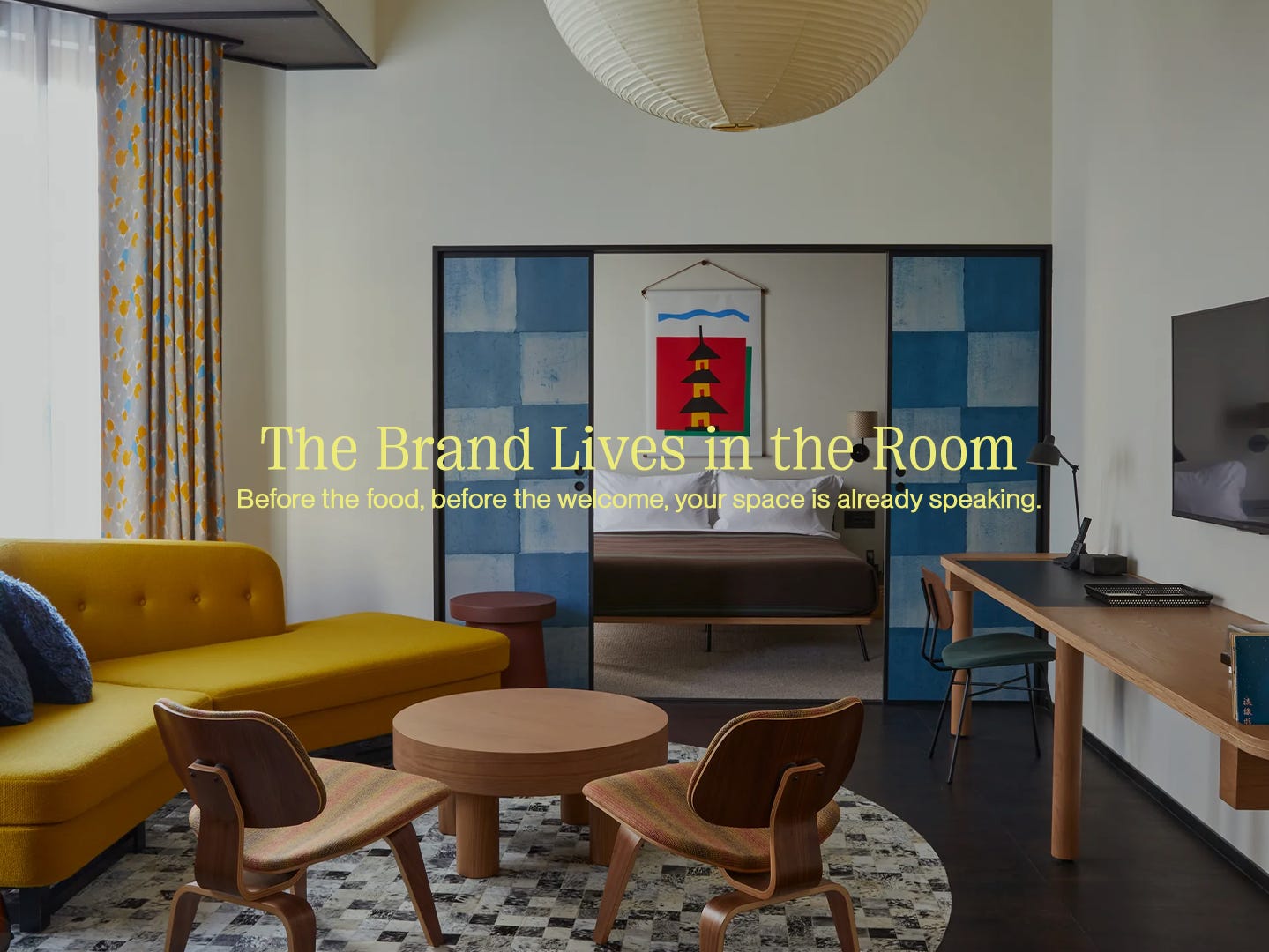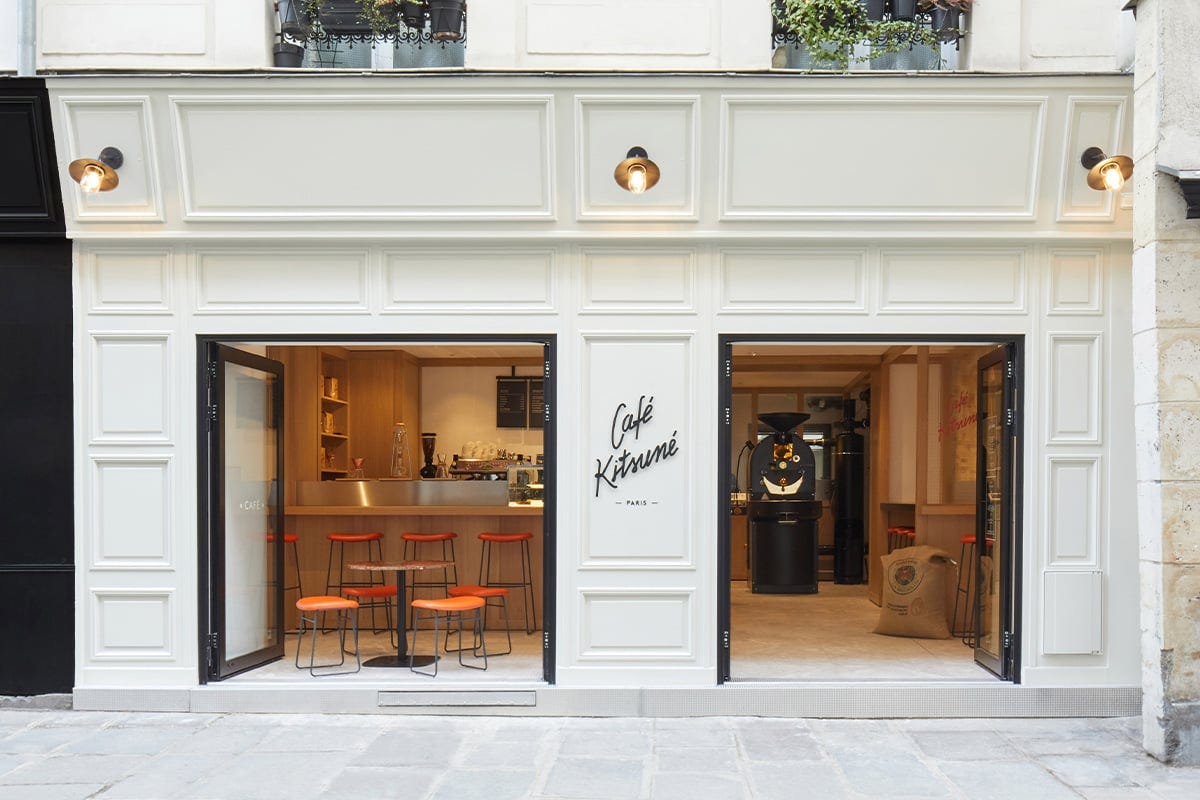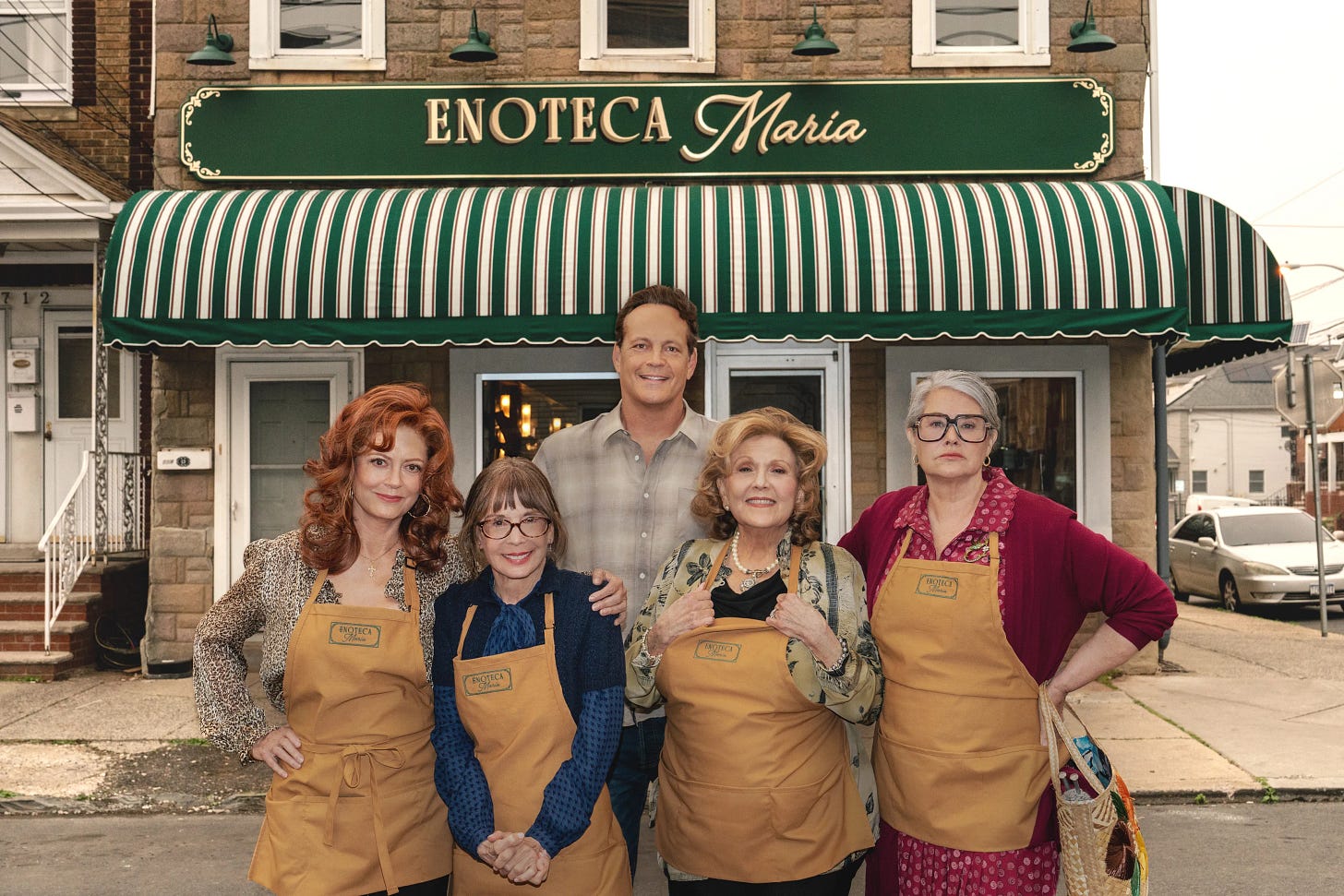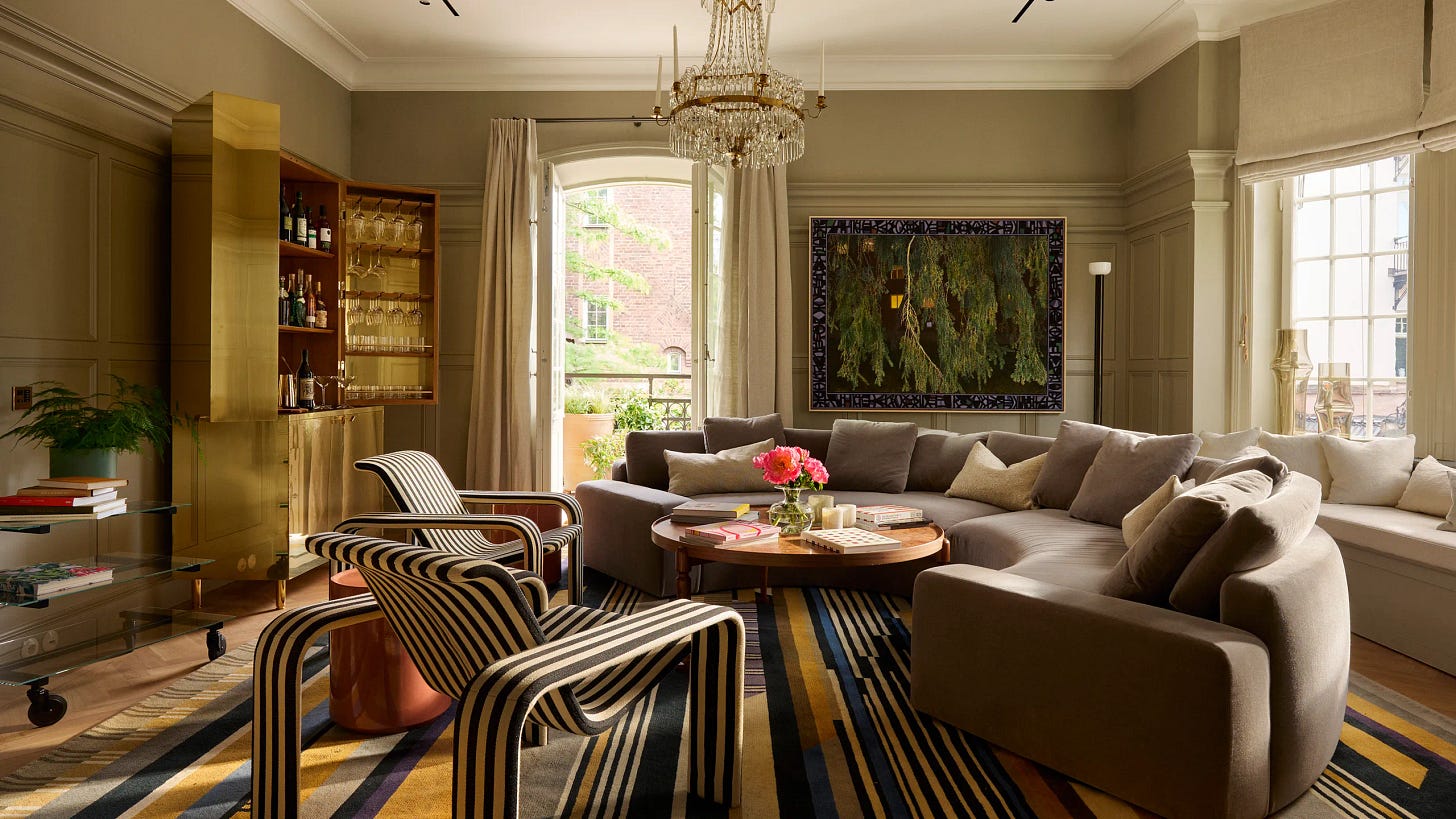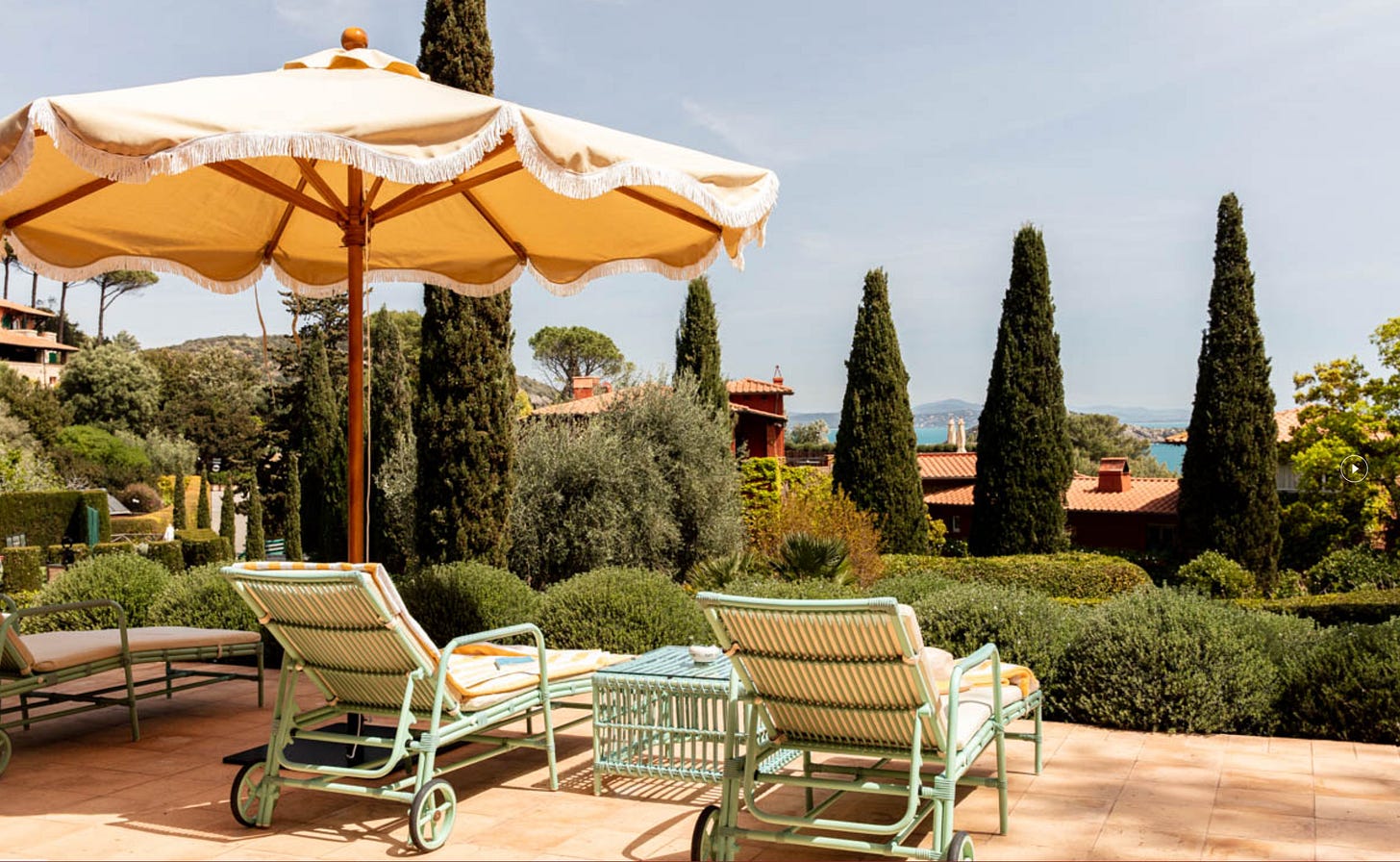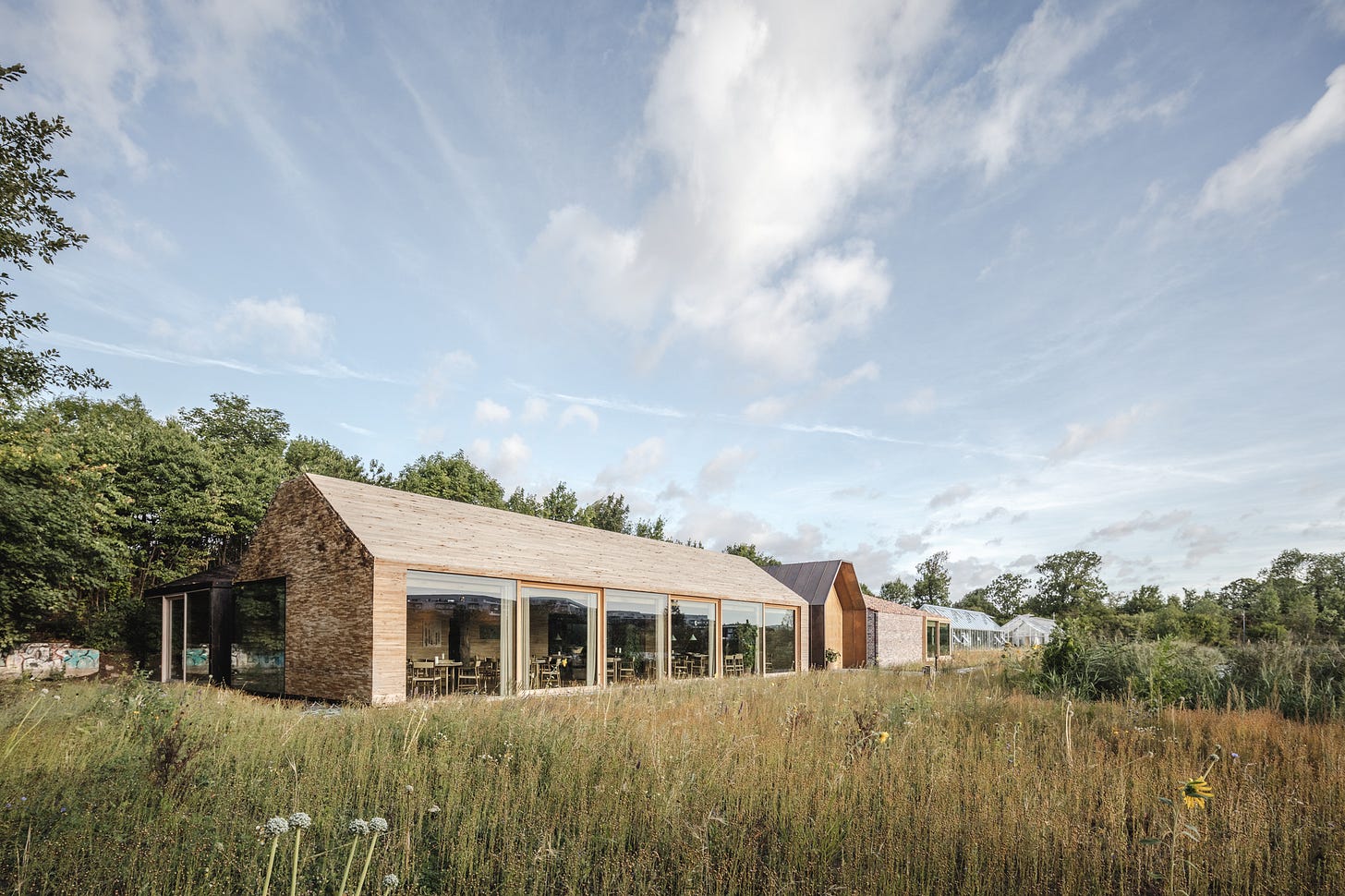The Brand Lives in the Room
Before the food, before the welcome, your space is already speaking. Is it saying what you want it to?
From the moment someone walks through the door, your brand is already at work or already falling short. Before the menu, before the greeting, before a single bite, your space is making the first move. And in hospitality, that move needs to land.
Every surface, scent, and flicker of light carries meaning. The way sunlight hits the table. The materials under their fingertips. The way they’re welcomed or not. These aren’t just aesthetic choices; they’re brand signals. They tell people who you are: thoughtful or rushed, consistent or chaotic.
Too many businesses treat space like a backdrop, something styled for photos. But your environment is your most immediate, most immersive form of branding. And in a world of limited attention, you’re not just trying to be noticed you’re trying to be remembered.
And memory? It’s emotional. Spatial. Sensory. Your space is already telling a story. The question is: does it say what you want it to?
Don’t Just Fill a Room. Build a Feeling.
Space is strategy. When done right, it doesn’t just decorate the experience, it defines it. Branding in hospitality isn’t just visual. It’s visceral. It makes people feel something before they even know why. When space is done well, it becomes memory. Mood. A reason to return. And yes, the opposite is true too.
So don’t let your space sit still. Refresh the layout. Shift the energy. Let the season change the scent or the sound. Because the best brands don’t just look good, they feel like something. And that feeling starts here, in the room.
The atmosphere doesn’t just support your brand it is your brand.
Four Anchors of a Branded Space
1. Atmosphere & Ambience
Once your guest steps inside, they shouldn’t be questioning where they are they should feel it. Atmosphere isn’t about decoration, it’s about direction. It shapes perception faster than any logo ever will. The colour temperature of the light. The weight of the chair. The way sound moves through the space. All of these details create a kind of sensory architecture that directs how people behave and how long they stay. This is where tone is set and in hospitality, tone is everything. A considered space doesn’t just feel good, it guides, supports, and strengthens the brand’s position.
Ace Hotel Kyoto — Designed by Kengo Kuma, this space bridges Japanese minimalism and mid-century Americana. Cedarwood walls, earthy tones, soft jazz, and perfect shadows. It feels intentional, warm, and creatively charged.
Café Kitsuné, Paris — A lifestyle brand disguised as a café. Curated playlists, stone textures, branded ceramics — every sensory cue reinforces the story. Nothing is loud, but everything is speaking.
2. Interaction as Invitation
Design is not just visual, it’s social. The way a space invites you to participate says everything about the brand behind it. Are you being welcomed into the experience, or positioned as a passive observer? Strategic layouts like bar seats, open kitchens, or communal tables aren’t just functional, they’re behavioural tools. They shape how people connect, how long they stay, how loyal they become. A branded space should feel like a conversation, not a broadcast. Because when people feel like part of the scene, they make it part of their life.
Nonna of the World, NY — Real grandmothers from every country across the globe are invited and hired as chefs to cook. Now closed, but still unforgettable. This space celebrated global grandmothers through food, culture, and design. Watch the Netflix film “Nonna’s Kitchen”, it’s a beautiful example of how mood, meaning, and memory intertwine.
Chef’s Tables (e.g. Gordon Ramsay, Alinea) — These aren’t just meals, they’re performances where the guest becomes part of the act. The traditional boundaries between guest and kitchen dissolve. You’re no longer a customer watching from the sidelines you’re in the inner circle. The chef becomes the storyteller.
3. Local Cues & Cultural Context
Branding without context is forgettable. Great spaces are anchored in their surroundings they feel like they belong. That doesn’t mean cliché decor or token nods. It means building with intention: native materials, local producers, regionally specific storytelling. The more rooted the space, the more magnetic the experience. This is especially true in hospitality, where trust is built through authenticity. A strong brand doesn’t float it’s grounded. It knows where it is and why that matters.
Ett Hem, Stockholm — Designed to feel lived-in, not staged. Nordic tactility, Swedish food culture, and quiet restraint give the brand lasting depth. The branding is so consistent, it disappears nothing is overt, but everything aligns. It feels more like entering a philosophy than a hotel. (Check out their website I love the illustrations)
Eataly — Not just a grocery store, a cultural amplifier. Each corner is choreographed to create a sense of movement, appetite, and Italian identity. The brand stretches across signage, storytelling, and spatial rhythm but never breaks. It turns commerce into culture with total clarity.
4. Storytelling Through Detail
When a brand is strong, you can feel it in the smallest things. Not just the signage or the plates — but in the matchbooks, the lighting dimmer, the font on the receipt. These micro-moments are where the story gets sticky. This is where good design becomes good business. Because when the story is clear, the guest doesn’t need to be told — they remember. They repeat. They share. This is what turns a physical space into a marketing engine. It’s not about adding more — it’s about tightening the signal until everything aligns.
Hotel Il Pellicano, Tuscany — Every element, from beach umbrellas to printed ephemera, feels like part of the same cinematic scene. A masterclass in tone. The story is told in textures and time: sun-faded stripes, vintage matchbooks, handwritten notes. It feels like stepping into a love letter to Italian summers. (Look at their gallery here)
Noma, Copenhagen — Here, story and setting are inseparable. Space and food operate as one system. The message is clear, precise, and unforgettable. Nature is the narrator: every object, ingredient, and surface chosen to support that voice. Even silence, here, feels like part of the script.
The best branded spaces don’t just tell a story they give people a role within it. When space is built with strategic clarity, it doesn't just express the brand it activates it. It encourages certain behaviours, elevates perception, and moves the brand from something you encounter to something you live inside. That’s the opportunity. Not just to create places that serve, but places that speak fluently, intentionally, and without saying a word.
À bientôt!
Mary





